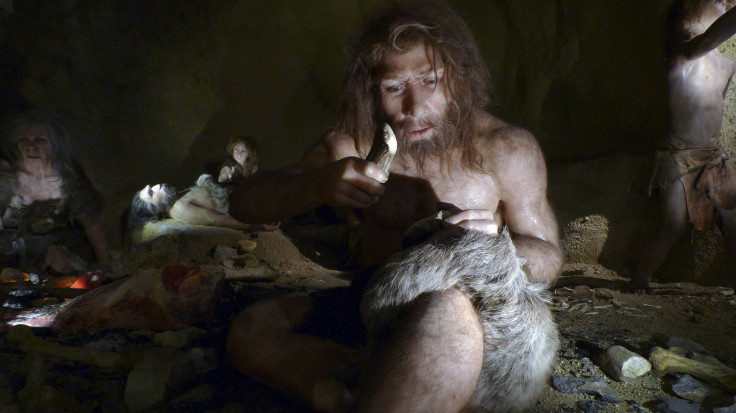Innovative Neanderthals: Unique Bone Tools In Use Today May Have Been The Creations Of Ancient Humans

Some of the standardized tools made of bones that are widely used in the modern age were first made by Neanderthals, according to a new study, leading scientists to speculate that these ancient humans may have been more advanced than was previously believed.
Modern humans are thought to have replaced Neanderthals in Europe about 40,000 years ago, promoting a theory that they helped shape the advanced behavior of Neanderthals. However, some still argue that Neanderthals had capabilities similar to modern humans even before they came into contact with each other, and may even have played a role in teaching certain things to modern humans arriving in Europe at the time.
Now, a new study, published in the Proceedings of the National Academy of Sciences on Monday, has suggested that during the time when ancestors of present-day humans were taking over from Neanderthals thousands of years ago, the latter were already displaying behavior similar to those of modern humans arriving in Europe at the time, including the use of specialized bone tools.
“For now the bone tools from these two sites are one of the better pieces of evidence we have for Neandertals developing on their own a technology previously associated only with modern humans,” Shannon McPherron of the Max Planck Institute for Evolutionary Anthropology in Leipzig, Germany said in a statement on Monday.
Two research teams from the Max Planck Institute and the University of Leiden in the Netherlands have discovered some Neanderthal bone tools at two Paleolithic sites in southwest France.
The scientists said that the newly found tools, previously only associated with modern humans, are different from previous findings in Neanderthal sites, but are similar to a tool type, which is attributed to later modern human sites.

The tool, called a “lissoir,” is made of deer ribs and has a polished tip. A lissoir, which is still in use today by high-end leather workers, helps create softer, burnished and more water-resistant leather, according to the scientists.
The researchers said that the bone tools, which are the oldest specialized bone tools in Europe, have a Neanderthal context preceding the replacement period. So, the researchers now believe that the tools are either a demonstration of independent invention by Neanderthals or an indication that European Neanderthals were influenced by modern humans much earlier than previously thought.
However, because the findings predate the oldest known age for the use of similar objects in Europe by modern humans, they could also be evidence for cultural diffusion from Neanderthals to modern humans, according to scientists.
"If Neandertals developed this type of bone tool on their own, it is possible that modern humans then acquired this technology from Neandertals,” Marie Soressi of Leiden University in the Netherlands said in the statement. “Modern humans seem to have entered Europe with pointed bone tools only, and soon after started to make lissoirs. This is the first possible evidence for transmission from Neandertals to our direct ancestors."
© Copyright IBTimes 2024. All rights reserved.






















